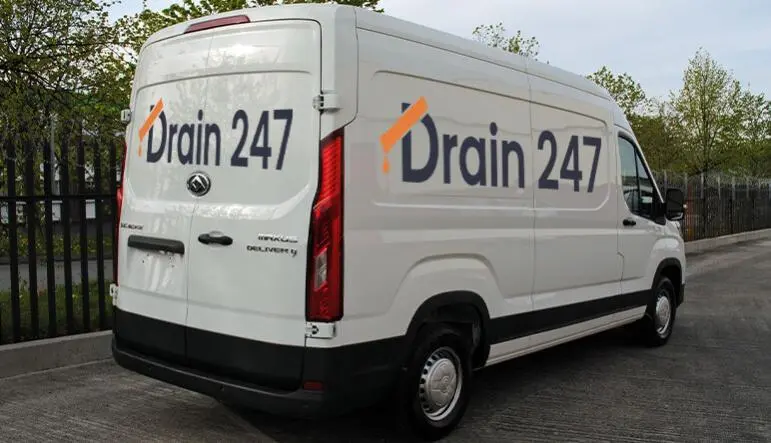 Add My Company
Add My Company
Sign In
3 Things Your Drainage Plan Should Contain
13-07-2023

A drainage plan is an important document that every property or site should have. It contains a general layout of all of the properties on your site and all of the drains underneath. The plan will also mark any onsite effluent tanks or storage areas. In addition, the drainage plan will indicate the direction of flow and if there are any oil interceptors installed in the drains. Drainage plans are essential for a variety of building works as architects will need these plans before proceeding with any building projects. Here are some of the main aspects of a drainage plan and why you should have one if you currently do not.What should a drainage plan include?Foul & Surface Water Drainage
The drainage plan should recognise the different networks that are in the underground drainage. Surface water drains are used to control rainwater from gutters, patios, and driveways, etc. This rainwater is not contaminated so it can be put back into the environment e.g.) a stream or river. Foul water drains are a system of pipework that transports wastewater away from bathrooms and kitchens and finally arriving at the sewage treatment plant. The plan should contain: rainwater pipes, manholes, and drainage channels as well as showing the direction of the flow of water. Finally showing where the water leaves the site.Infrastructure & Interceptors
Significant features on the site should be identified on the plan, this could include soakaways, water attenuation systems, and water recycling systems etc. Areas on the site that produces waste e.g. toilet facilities, should be pencilled in on the plan also. Another feature that should be on the plan is how the effluent passes into the system and if the interceptors on the surface or foul networks should be stated onto the drain plan.Gradients
The above-ground gradients will give you an idea of how water will flow over the site and then flow into the underground systems. This should be indicated on the plan clearly and should be used in the event of an accident. You can strategically place interceptors where you can stop pollution from getting into the drainage system.Why would I need a Drainage Plan?One of the main reasons why you should have a drainage plan is that they can be used in the case of an emergency. Your drainage plan will form an important part of the emergency response if an unfortunate event were to occur, such as flooding. It’s also very useful to have a plan when applying for an Environmental Permit and for property extensions as well.Why should I update my plan?You should continuously keep updating your drainage plan, if you add anything to the plan such as an interceptor, then pencil it into your plan so it’s fully up-to-date in case of an emergency. If you have an old drain plan you may need drain mapping and a new drain plan created.Contact Drain 247 for Drain Mapping in London & Hertfordshire If you require our drain mapping services for your building plan, then please contact our drainage experts. We have years of experience in providing professional drainage services to London and we have built an outstanding reputation. We place an emphasis on quality and safety in order to deliver a first-class service that consistently satisfies customers.Call us on 0800 612 8038 or you can complete our quick enquiry form to get your free, no-obligation quote.
For more information on 3 Things Your Drainage Plan Should Contain talk to Drain 247
Enquire Now
More Blogs
List your company on FindTheNeedle.

